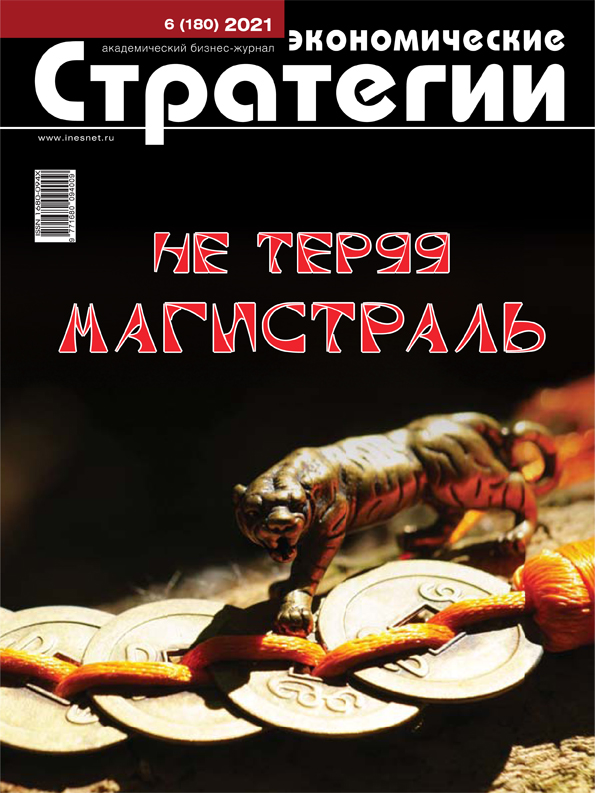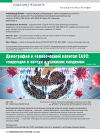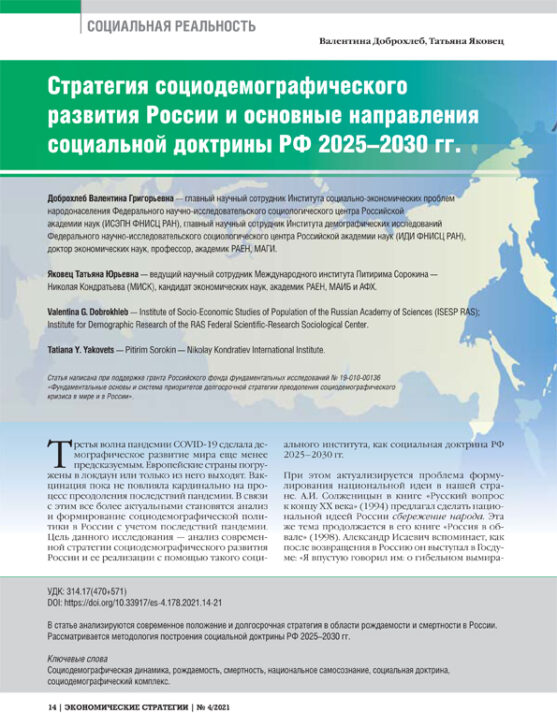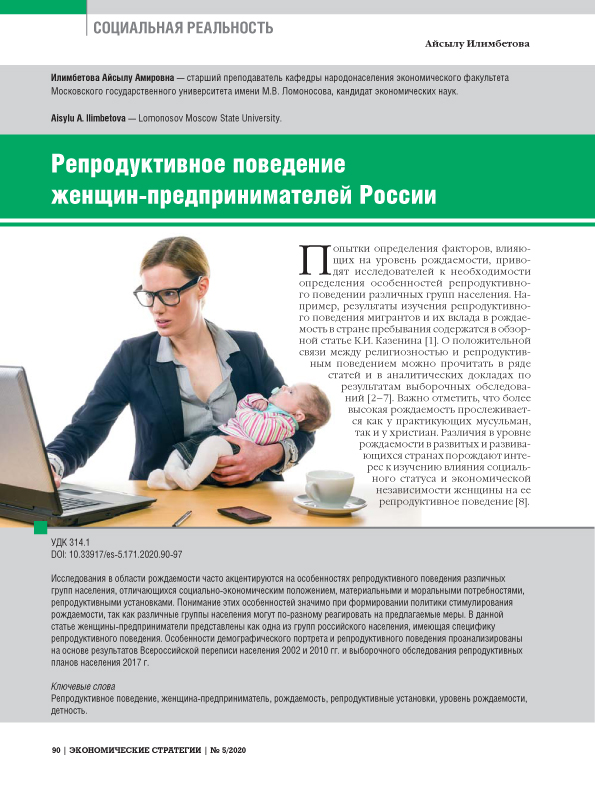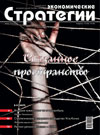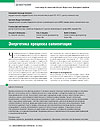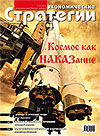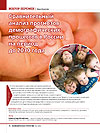The EAEU Demography and Human Capital: Trends and Losses in the Context of a Pandemic
DOI: https://doi.org/10.33917/es-6.180.2021.20-29
Demographic dynamics becomes crucially important for successful scenario of the future for both Eurasian integration and each EAEU member state. The “pandemic crisis” caused an increase in excess mortality, reduced social well-being and created serious legal and managerial conflicts. Within the EAEU new barriers to mobility and migration have emerged and social tension has increased. In the existing realities the current supranational solutions are insufficient, they are poorly focused on achieving the demographic security of the EAEU member states. Coordinated actions are needed to significantly improve the demographic situation in the EAEU.


